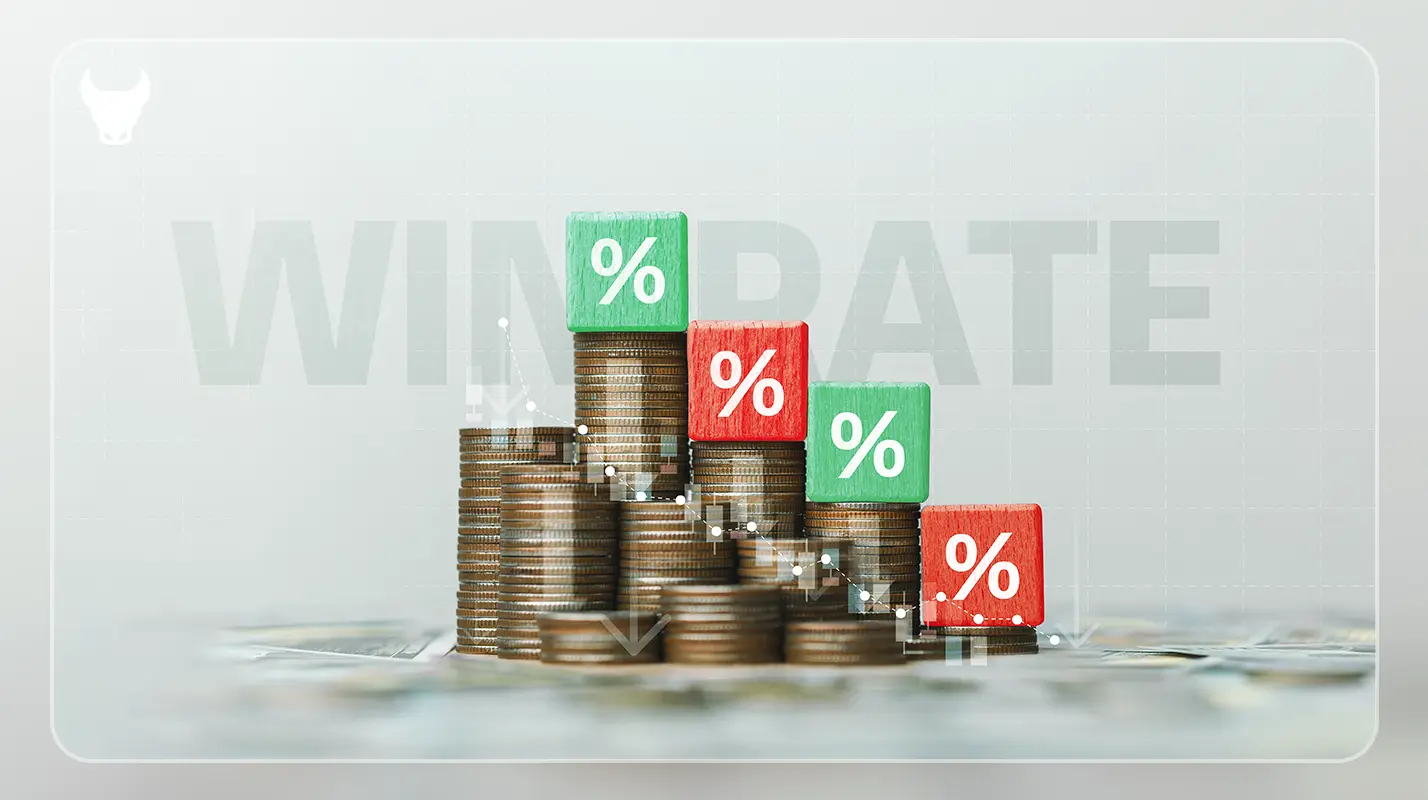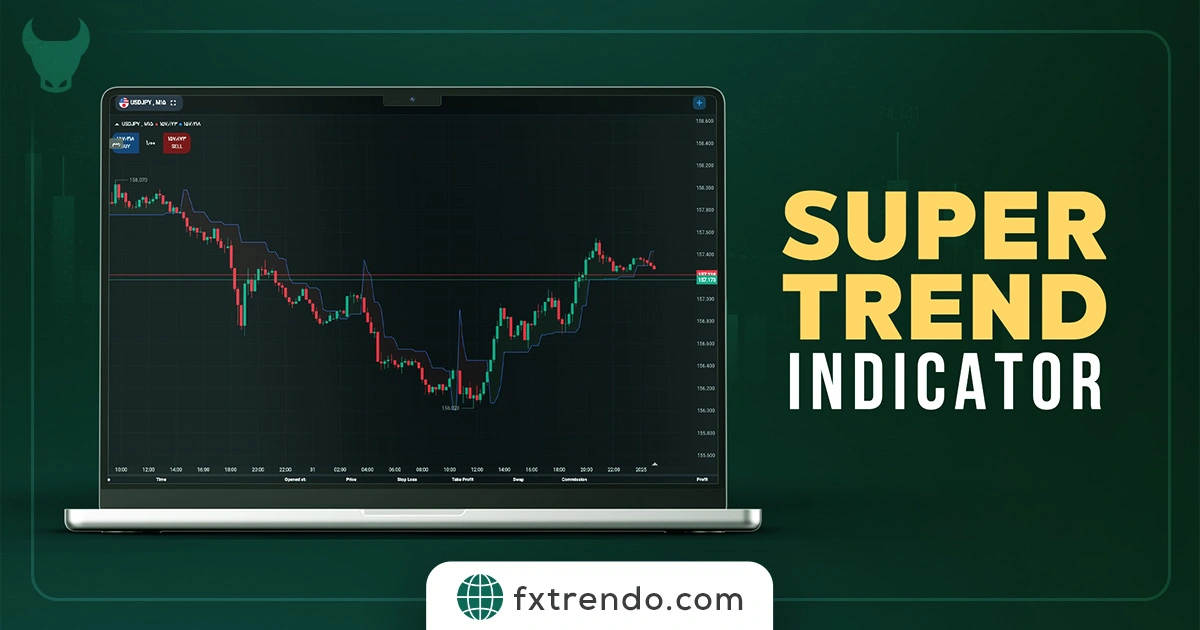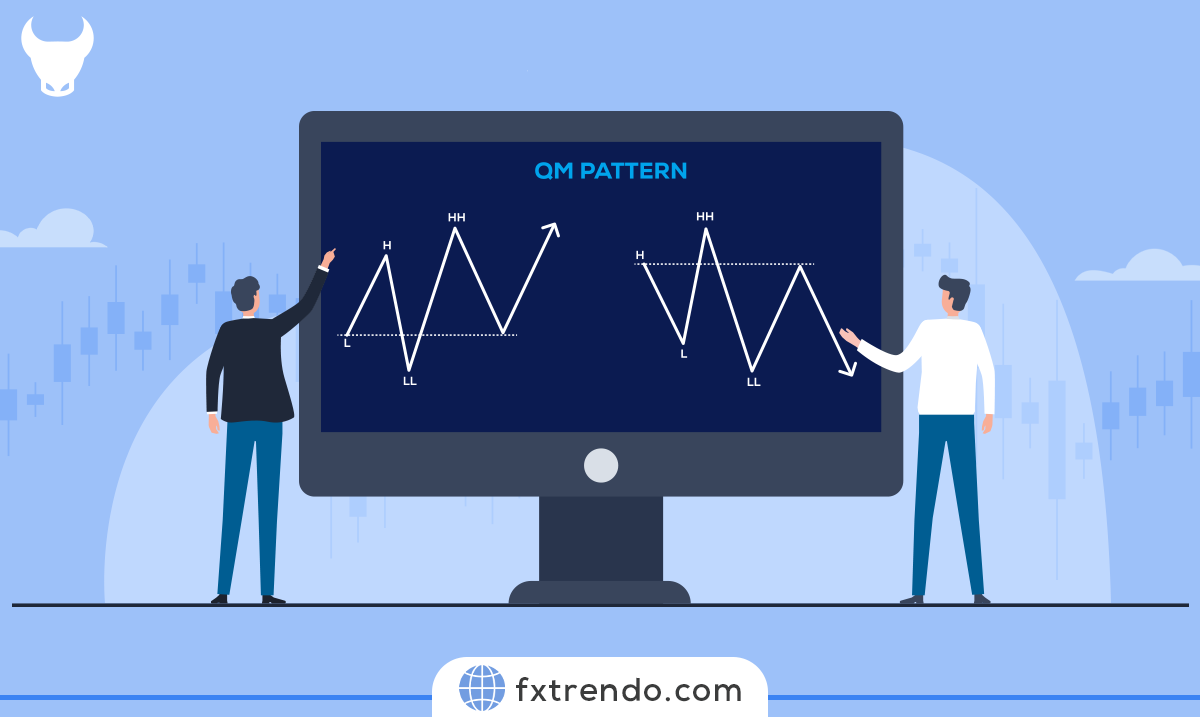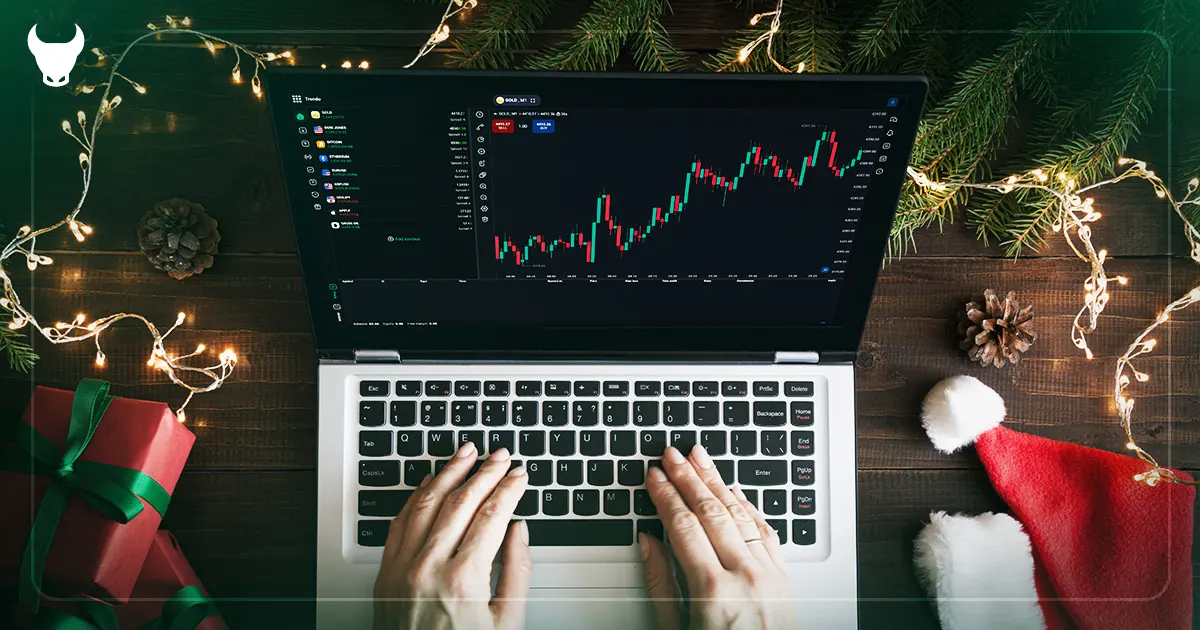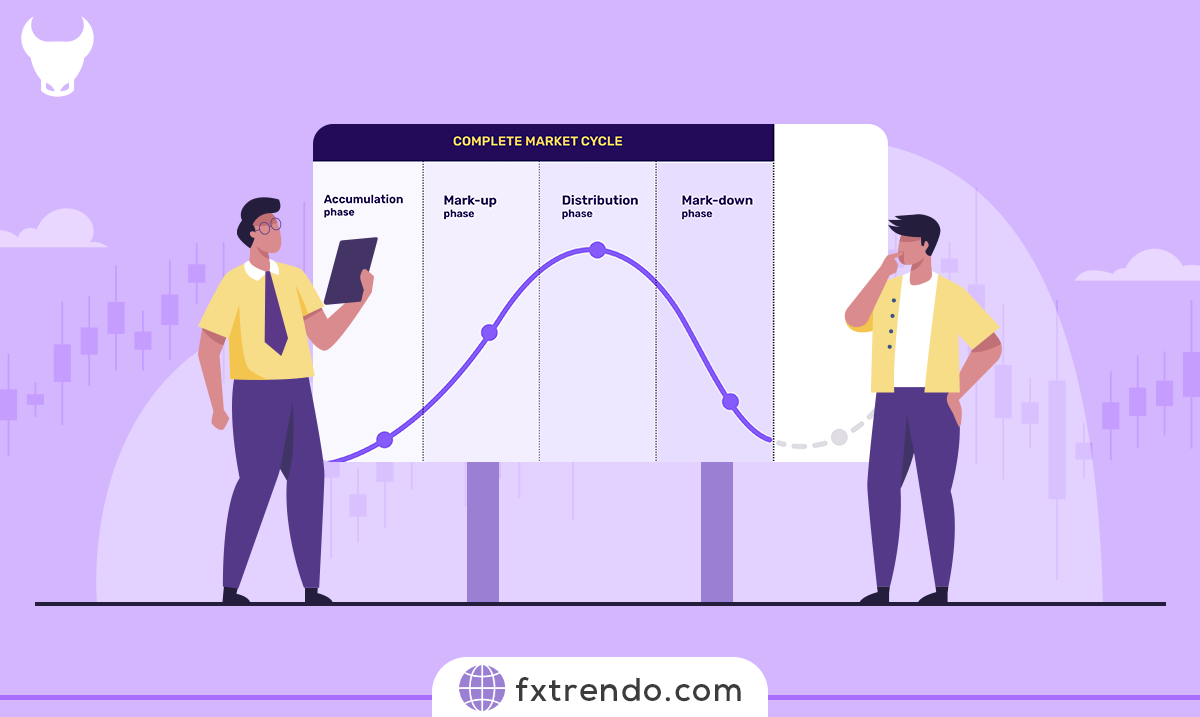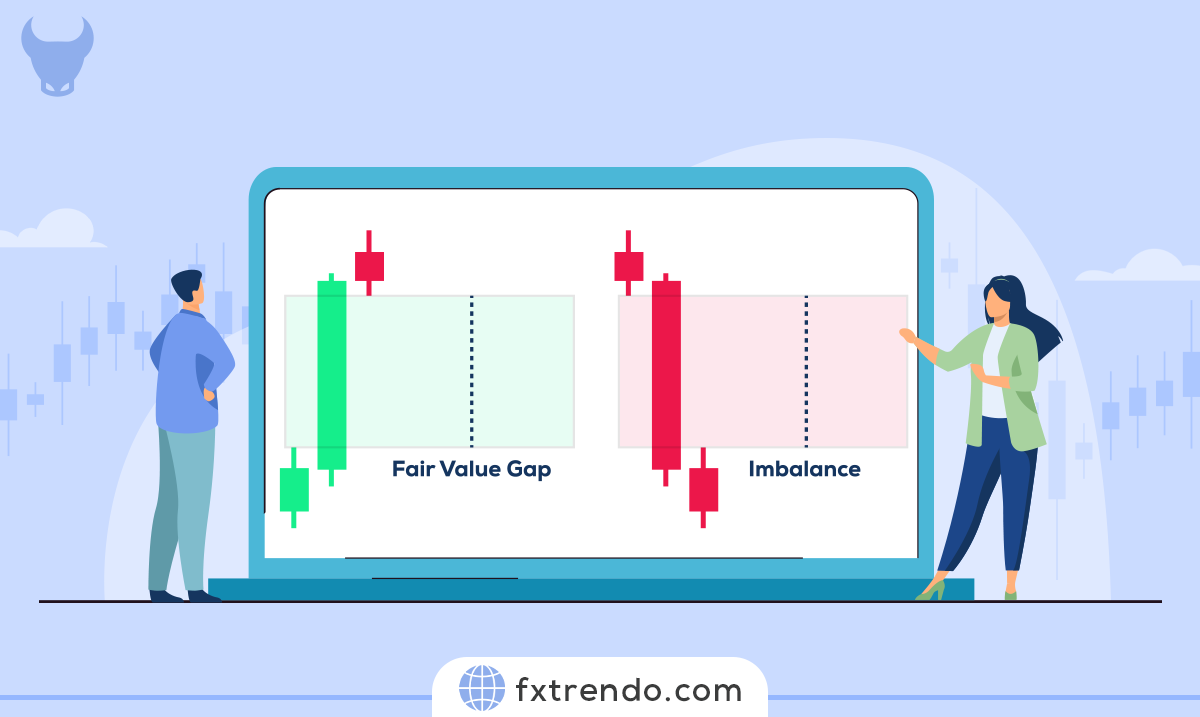In this blog post, we will delve into the concept of win rate, its significance in Forex trading, and how to calculate it. We’ll also explore factors that influence win rate and provide tips on improving it to achieve consistent profitability.
What Is the Win Rate in Forex?
Win rate, or the success rate, refers to the probability of profitable trades within a specific strategy. This percentage indicates how many of your trades end in profit and how many result in a loss. Essentially, the win rate in Forex measures a trader’s success in their trades.
In the Forex market and other financial markets, win rate is used as a metric to evaluate a trader’s ability to succeed. The higher a trader’s win rate, the more likely they are to achieve long-term success, which is why investors pay close attention to this parameter.
The win rate of trading strategies is expressed as a percentage. For example, if a trading strategy has a win rate of 65%, it means that out of 100 trades, approximately 65 trades end in profit, while the stop-loss is triggered for 35 trades. Based on this, it is likely that in the future, around 65% of trades executed using this strategy will be profitable.
Read more: Tutorial on using Take Profit and Stop Loss in Forex trading
Why Is Win Rate Important in Forex?
The win rate is a crucial metric in Forex for several reasons:
Impacts Profitability: The win rate directly affects a trader’s overall profitability. A high win rate shows consistent profitable trades, boosting confidence and encouraging disciplined trading.
Evaluates Strategy Effectiveness: By analyzing the win rate, traders can identify patterns and make necessary adjustments to improve performance.
Essential for Risk Management: Understanding your win rate allows you to set realistic expectations and manage your risk-reward ratio effectively.
Profitability with Lower Win Rate: Even with a lower win rate, a trader can still be profitable if they have a favorable risk-reward ratio. This means that the potential profit from winning trades outweighs the losses from losing trades.
Key Indicator of Success: The win rate is a key indicator of a trader’s success and plays a vital role in strategy evaluation and risk management.
Enhances Long-Term Success: By focusing on improving their win rate, traders can enhance their chances of long-term success in the Forex market.
How to Calculate Win Rate in Forex?
Calculating the win rate in Forex is straightforward and involves a simple formula. Here’s how you can do it:
1. Count Your Winning Trades: First, determine the number of trades that ended in profit. For example, if you made 50 trades and 30 of them were profitable, your number of winning trades is 30.
2. Count Your Total Trades: Next, find the total number of trades you made. In this case, it’s 50.
3. Apply the Formula: Use the formula to calculate the win rate:
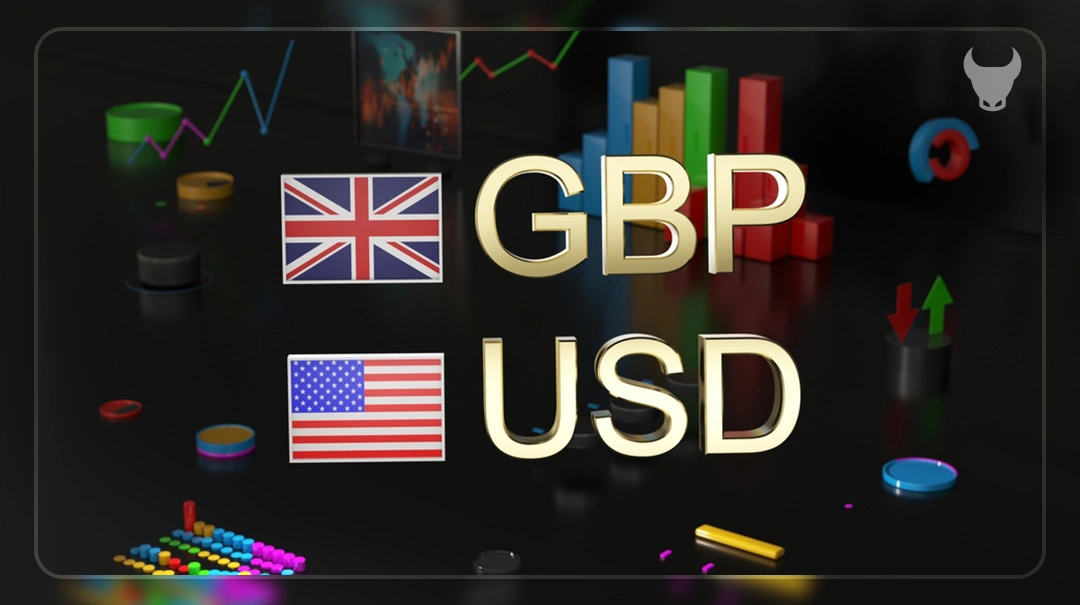
4. Interpret the Result: A win rate of 60% means that 60% of your trades were profitable. This percentage helps you understand the effectiveness of your trading strategy.
By regularly calculating and monitoring your win rate, you can gain valuable insights into your trading performance and make necessary adjustments to improve your strategy.
How to Calculate Win Rate in Trading: Tools and Practical Methods
Many traders wonder how to calculate win rate in trading efficiently. Fortunately, several methods exist to track this crucial metric accurately.
1. Manual Calculation of Forex Win Rate
The basic formula: Win Rate = (Number of Winning Trades ÷ Total Trades) × 100
Real-World Example: Suppose last month you executed 80 trades. Of these, 52 were profitable and 28 resulted in losses.
- Calculation: (52 ÷ 80) × 100 = 65%
- This means your Forex win rate is 65%.
2. Calculate Win Rate in MetaTrader (MT4 & MT5)
Understanding what is win rate in trading is enhanced by knowing how to track it in your platform:
Method 1: Using Account History Tab
- Navigate to “Account History” tab
- Right-click and select “Report”
- In the generated report, locate “Total Trades” and “Profitable Trades”
- Win Rate = (Profitable Trades ÷ Total Trades) × 100
Method 2: Custom Indicators Download free indicators like “Trade Statistics” or “Win Rate Calculator” from MQL5 Marketplace that automatically display your win rate metrics.
3. Online Win Rate Calculation Tools
- MyFXBook: Detailed performance analysis with automatic win rate display
- TradingView: Track trades and calculate statistics
- Excel Spreadsheets: Create custom tracking with simple formulas
Practical Excel Example:
| Period | Trade Results | Calculation |
| 1-50 | 32 wins, 18 losses | 32÷50 = 64% |
| 51-100 | 28 wins, 22 losses | 28÷50 = 56% |
| Total | 60 wins, 40 losses | 60÷100 = 60% |
This answers the question “what is a good win rate in trading” – typically 60% is considered solid for most strategies.
What Is a Good Win Rate in Forex?
A “good” win rate in Forex trading can vary, but generally, a win rate between 50% to 70% is considered good:
50% Win Rate: Half of your trades are profitable. This can be effective if you have a favorable risk-reward ratio. For example, if your winning trades yield twice the profit of your losing trades, you can be profitable even with a 50% win rate.
60% Win Rate: Indicates that 60% of your trades are successful. This suggests an effective trading strategy. With proper risk management, a 60% win rate can lead to consistent profitability.
70% Win Rate: A win rate of 70% or higher is excellent and indicates a highly successful trading strategy. However, achieving such a high win rate consistently can be challenging and may require advanced trading skills and strategies.
Remember, a high win rate alone doesn’t guarantee profitability. Focus on managing your risk-reward ratio and maintaining discipline in your trading approach.
Read more: What is the connection between Win Rate and Risk to Reward?
Factors That Can Affect Your Win Rate
Several factors can influence your win rate in Forex trading. Understanding these factors can help you improve your trading strategy and achieve better results:
Market Conditions: The overall market environment plays a significant role in your win rate. Volatile markets can lead to higher risks and potential losses, while stable markets may offer more predictable trading opportunities.
Trading Strategy: The effectiveness of your trading strategy directly impacts your win rate. A well-researched and tested strategy is more likely to yield profitable trades. Continuously refining and adapting your strategy to changing market conditions is crucial.
Risk Management: Proper risk management is essential for maintaining a good win rate. This includes setting stop-loss orders, managing position sizes, and avoiding over-leveraging. Effective risk management helps minimize losses and protect your capital.
Emotional Discipline: Emotions can significantly affect your trading decisions. Fear and greed can lead to impulsive trades and poor decision-making. Maintaining emotional discipline and sticking to your trading plan is vital for achieving a consistent win rate.
Experience and Knowledge: Experienced traders with a deep understanding of the Forex market are more likely to have a higher win rate. Continuous learning and staying updated with market trends and news can enhance your trading performance.
Technology and Tools: Utilizing advanced trading tools and technology can improve your win rate. Automated trading systems, technical analysis tools, and real-time data can help you make informed decisions and execute trades more efficiently.
By considering these factors and making necessary adjustments, you can improve your win rate and increase your chances of long-term success in Forex trading.
Strategies to Improve Win Rate: Professional Techniques with Real Examples
Increasing your Forex win rate requires proven, practical strategies. Here are techniques that professional traders win rate optimization methods demonstrate work effectively:
1. High-Probability Setup Selection Technique
Real Success Story: A professional trader with 8 years of Forex experience improved his win rate from 45% to 68%. What was his secret?
His Strategy:
- Traded only during London-New York overlap (highest liquidity period)
- From 20 daily signals, selected only 3-4 with strongest confirmation
- Required alignment of 3 indicators (RSI, MACD, and support/resistance levels)
- If all three didn’t align, skipped the trade entirely
Result: Trade quantity decreased but quality improved dramatically, achieving a 23% improvement in professional traders win rate metrics.
2. Emotional Management and Discipline Technique
Real Case Study: A trader started with a 55% win rate but dropped to 32% due to revenge trading after consecutive losses.
Implemented Solutions:
- 3-Loss Rule: After 3 consecutive losing trades, stopped trading for the day
- Trading Journal: Documented every trade with entry reason, emotional state, and outcome
- Weekly Review: Analyzed trades weekly to identify recurring mistake patterns
Result: Within 6 months, win rate recovered to 61%, demonstrating effective strategies to improve win rate through emotional control.
3. Timeframe Optimization Technique
Case Study on “What is a Good Win Rate in Trading”: A day trader working on the 5-minute chart had a 42% win rate. He decided to experiment:
| Timeframe | Trades/Month | Win Rate | Result |
| 5-minute | 180 trades | 42% | Unstable |
| 15-minute | 95 trades | 58% | Better |
| 1-hour | 45 trades | 67% | Optimal |
Key Lesson: Higher timeframes have less noise and provide more accurate signals, directly answering “what is a good win rate in trading” for different styles.
4. Backtesting and Forward Testing Technique
Practical Application for Forex Win Rate Improvement: Before implementing any new strategy, a professional trader follows these steps:
- Backtest: Test strategy on 2 years of historical data
- If win rate < 50% → Strategy rejected
- Forward Test: Run 3 months on demo account
- If win rate drops 10% below backtest → Requires adjustment
- Live Trading: Start with small position sizes, gradually increase
Result: This method prevents implementation of ineffective strategies and protects professional traders win rate standards.
5. Strategy Combination Technique
Real Trading Example: A trader operated two strategies:
- Strategy A: London session scalping (52% win rate)
- Strategy B: Daily swing trading (71% win rate)
By combining both:
- Morning: Used Strategy B to identify overall trend
- Afternoon: Executed Strategy A trades only in direction of main trend
Result: Combined Forex win rate reached 69% (17% improvement over Strategy A alone), demonstrating advanced strategies to improve win rate.
6. Professional Traders Win Rate Benchmarks
Understanding “what is a good win rate in trading” requires context:
Scalping Strategies: 60-65% win rate is excellent
- High-frequency trading with tight stops
- Example: 130 wins out of 200 trades = 65%
Day Trading: 55-60% is considered professional
- Multiple trades per day across sessions
- Example: 110 wins out of 200 trades = 55%
Swing Trading: 50-55% with high R:R ratios
- Holds positions for days
- Example: 52 wins out of 100 trades = 52% (but 1:3 risk-reward)
Position Trading: 45-50% acceptable with very high R:R
- Long-term trend following
- Example: 45 wins out of 100 trades = 45% (with 1:5 risk-reward)
Important Note: When learning how to calculate win rate in trading, remember that a 40% win rate with 1:3 risk-reward ratio can be more profitable than 70% win rate with 1:1 risk-reward. This is a key principle in understanding what is win rate in trading beyond simple percentages.
Read more: The Difference Between Demo and Real Account in Forex
Conclusion
In this article, we’ve explored the concept of win rate in Forex trading, along with how to calculate it. It’s essential to calculate the success rate of your strategy before diving into real trades to ensure you’re well-prepared for the market.
Remember, no strategy has a 100% win rate, and you will inevitably encounter losing trades. Therefore, it’s crucial to be ready for all possible scenarios. The outcome of a single trade isn’t as important as the overall performance of your trades.
By understanding and improving your win rate, you can enhance your trading strategy and increase your chances of long-term success in the Forex market. Stay disciplined, manage your risks, and continuously learn to adapt to the ever-changing market conditions.

